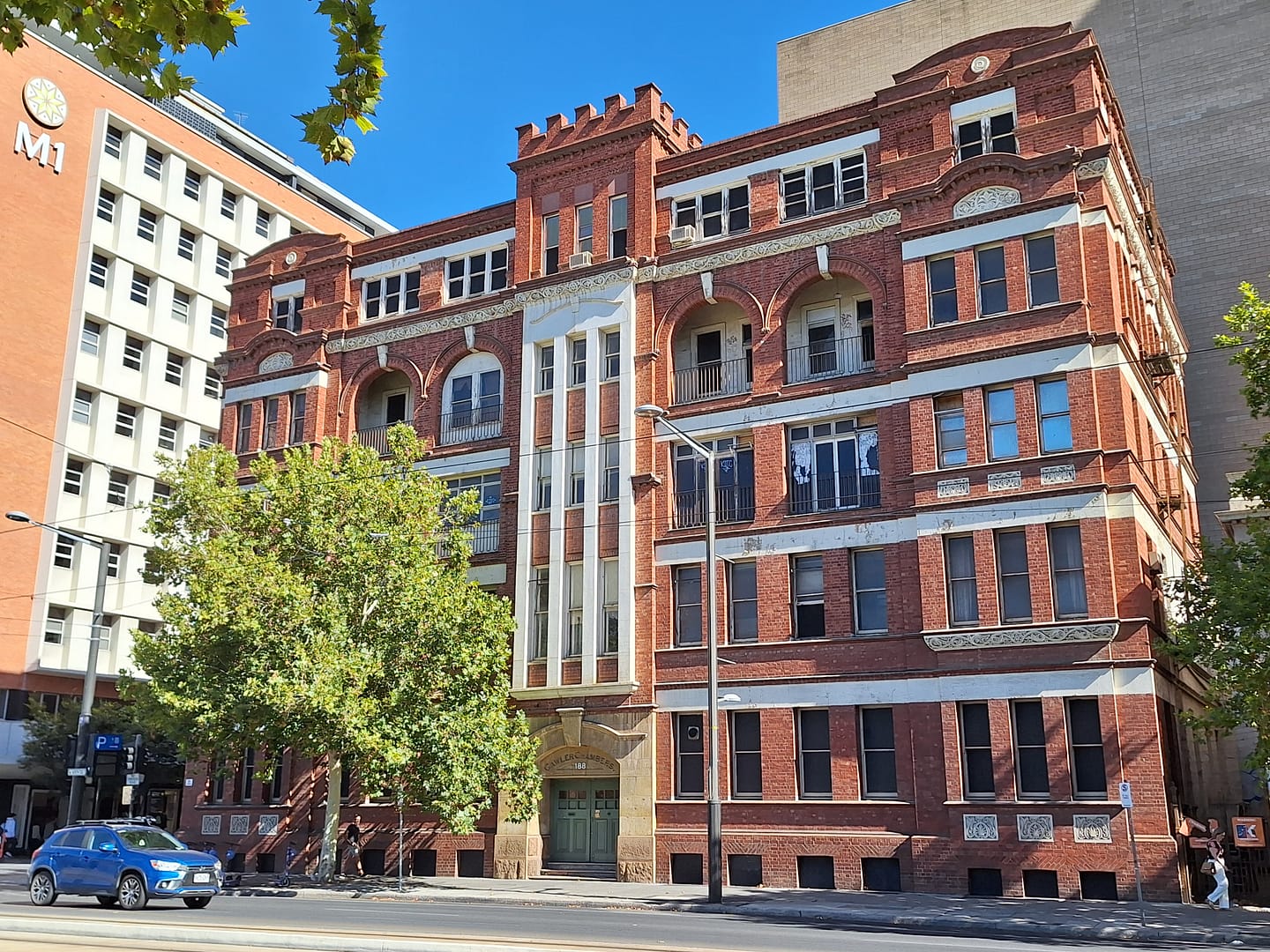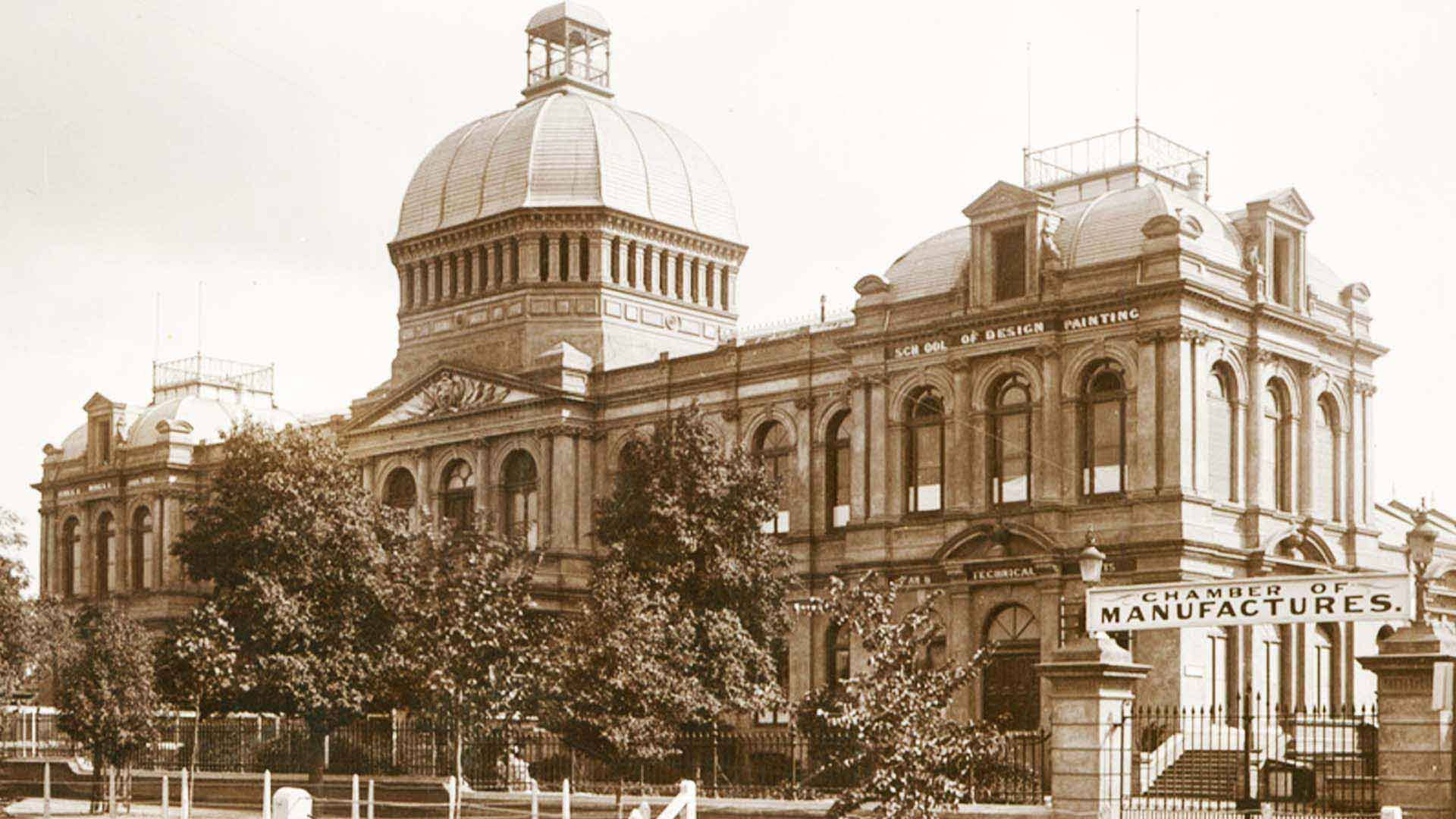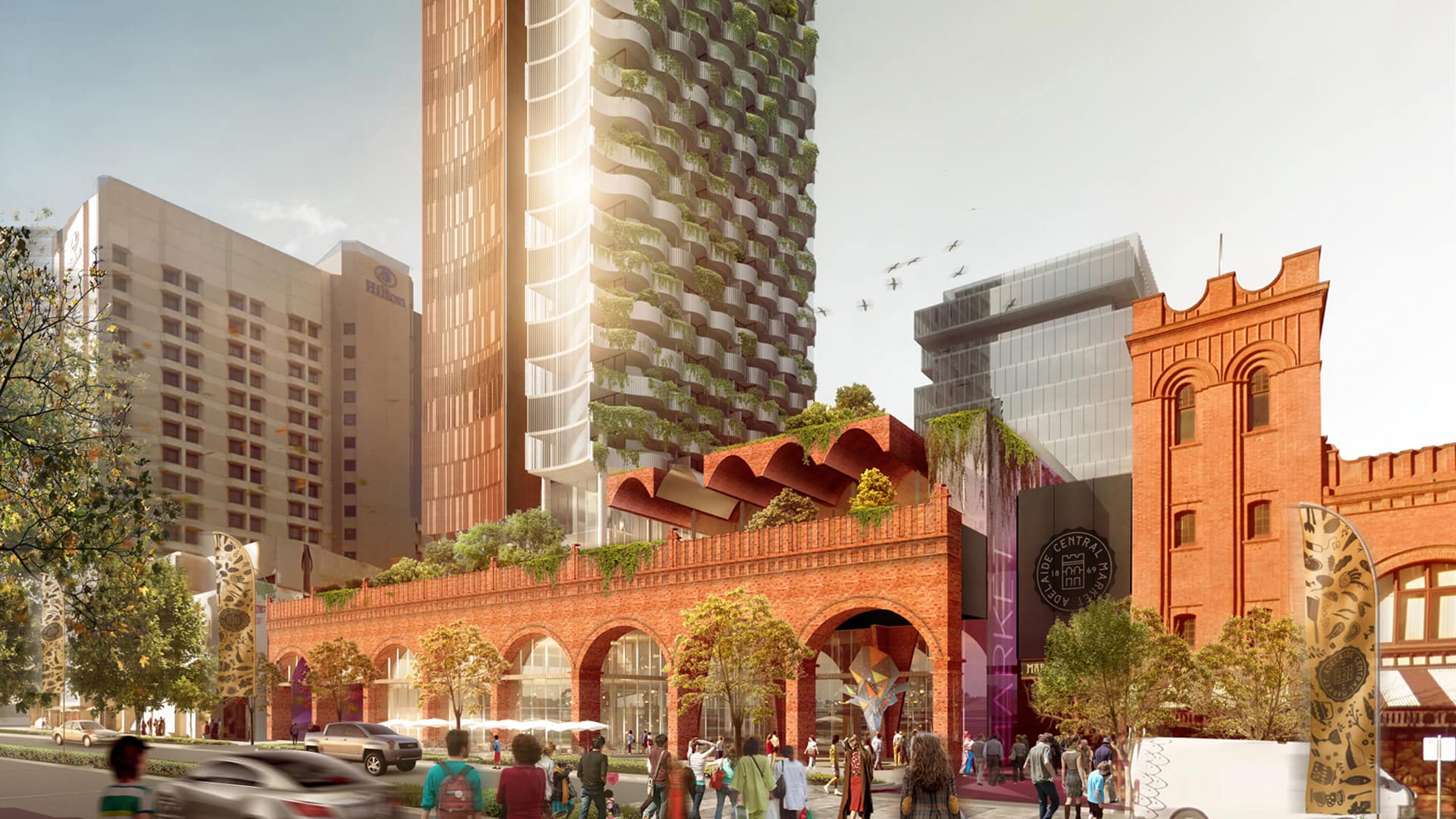Gawler Chambers, standing prominently on North Terrace in Adelaide, is a significant heritage-listed building that provides a tangible link to the origins of South Australia. This historic structure is tied to the South Australian Company, which played a pivotal role in the establishment of the colony after it was formed in London in 1835 by George Fife Angas and a group of influential British merchants.
The South Australian Company and Its Role in the Colony
The South Australian Company was established to facilitate the development of the new colony. When the South Australia (Foundation) Act was passed in 1834, the purchase of land valued at £35,000 was required before the province could be developed. However, land sales were sluggish due to the fixed price of 20 shillings per acre.
Recognising an opportunity, George Fife Angas, along with Thomas Smith and Henry Kingscote, formed the South Australian Company and purchased over 13,000 acres of unsold land at a reduced price of 12 shillings per acre. This strategic acquisition included valuable town and rural properties. The founding board of directors included notable figures such as Raikes Currie, Charles Hindley MP, John Rundle MP, and Henry Waymouth, with Edmund John Wheeler as manager and Samuel Stephens as the colonial manager.
The company engaged in a wide range of enterprises, including whaling, banking, and pastoral activities throughout the 19th century. Over time, it became a dominant force in shaping South Australia’s economy. However, the company was eventually wound up in 1949, with Elders Trustee and Executor Company taking over its remaining business interests.
The Construction and Architecture of Gawler Chambers
Gawler Chambers was constructed between 1913 and 1914 on the North Terrace site where the South Australian Company had its offices since 1872. The building was designed by architects English and George Klewitz Soward and stands at the corner of Gawler Place with a 34-yard frontage.
The five-storey building showcases red brickwork with contrasting cream detailing. A grand entrance framed in Murray Bridge granite and freestone leads into the building, which is crowned with a distinctive castellated parapet. The architectural design reflects early 20th-century commercial elegance, with an emphasis on symmetry and durability. Additional modifications were made to the structure in 1935.
In 1991, Gawler Chambers was officially listed as a state heritage site, recognising its historical and architectural significance.
Development Controversies and Future Prospects
Despite its storied past, Gawler Chambers has remained vacant since 2004. In 2012, the Adelaide Development Company (ADC) proposed a 15-storey commercial office tower with ground-floor retail spaces to be constructed behind the heritage-listed building. However, the development has faced significant delays, with the company being granted seven time extensions over the years.
In July 2022, ADC applied for an eighth extension, arguing that it was in negotiations with an interstate investment group to secure tenants for the office tower. The company asserted that extending planning consent would facilitate finalising these agreements and mitigate financial risks.
However, the State Commission Assessment Panel (SCAP) declined the extension request, citing that a significant amount of time had passed since the initial planning approval and that a modern design solution was now necessary. Government planner Gabrielle McMahon recommended against the extension, emphasising that legislative changes since 2012 meant a new planning assessment would be required.
The decision was also influenced by Heritage SA and the City of Adelaide, which expressed concerns about the project, though they did not formally object to it. The SCAP’s ruling has cast uncertainty over the future of Gawler Chambers, leaving ADC to reassess its options regarding potential redevelopment.
A Symbol of Adelaide’s Heritage
Gawler Chambers remains an enduring symbol of Adelaide’s economic and architectural heritage. While its fate remains uncertain, its historical significance as a link to the South Australian Company ensures that it will always hold an important place in the city’s history. Whether restored for new commercial use or preserved as a historic landmark, Gawler Chambers continues to be a testament to Adelaide’s colonial past and the entrepreneurial spirit that helped shape South Australia.


